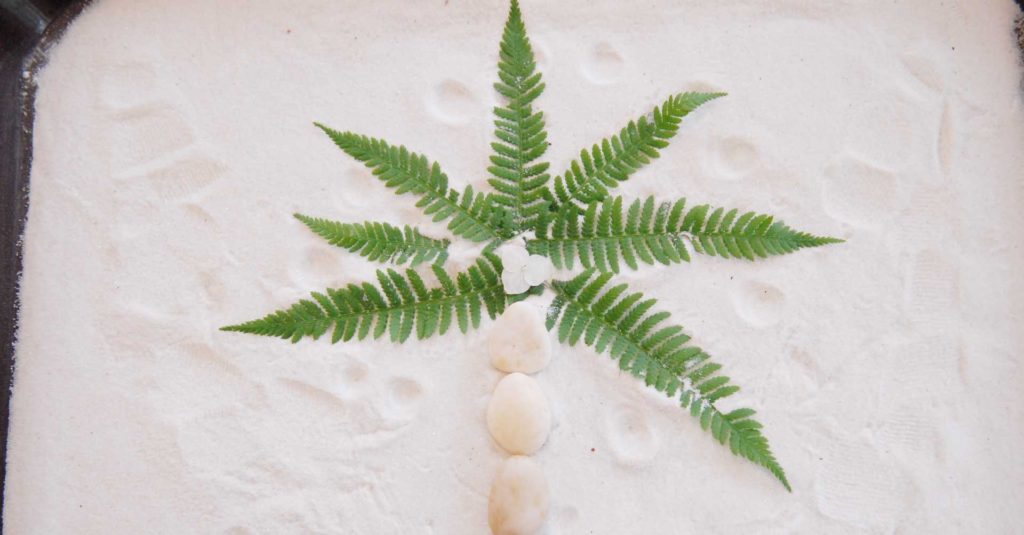Using Natural Materials Enhances Learning for Children
Teachers are often asked by parents why their children are “playing instead of learning” while in school. Parents may not realize that play and fun are essential components of brain and motor skills development, and so important in developing a love of learning and continued interest in school. Educational consultant and mentor, and Seedlings’ own Workshop director, Judy Cuthbertson is on a mission to help demystify play in the learning process and explain its importance to both educator and parent. Teachers: feel free to copy and paste the text below into communications home to parents of your students.

It has been a common belief that classrooms for young children should be filled with bright, primary colored materials and have bulletin boards and walls covered with eye-popping posters, decorations and word lists. But this isn’t the way it’s always been, and many early childhood educators are currently choosing a different model. Neutral colors and natural materials are gaining popularity, and it isn’t just a design trend; it’s based on what we know about how children learn. Teachers want their classrooms to be inviting and cheerful; but they also know that too many bright colors and text-rich walls lead to stimulus overload. For many children, it’s just too much. Everything jumps out at them and they don’t know where to place their attention. For others, the background becomes just that-a background with no real meaning, something to be ignored. The way a classroom is set up- its colors, displays, materials- plays an oversized role in the lives of young children as they spend time exploring and making discoveries about themselves and the objects around them. The following are some ways that natural materials maximize learning with young children.
- Natural materials (leaves, branches, sticks, acorns, pine cones, shells, rocks, flowers, seeds) are important elements of dramatic play. Children use their imagination to turn a stick into a spoon or acorns into vegetables for pretend soup. Pine cones can be repurposed into bird feeders and branches can become a loom for weaving. These treasures, found in nature, provide limitless opportunities for children to problem-solve, use their creativity and collaborate with each other.
- Children learn best through their senses. Most items made from plastic feel and smell the same; the only variable might be size and color, but with natural materials, each stick, leaf or seed pod has its own unique characteristics. Pick up a flower and feel the softness of the petals, smell the flowers scent and see the variety of vibrant colors within its structure. By using natural resources, children have many opportunities for close observation and asking questions.
- Exploring natural materials increases a child’s vocabulary. They may discover that a seed pod feels prickly, a shell smells like the ocean and a pile of leaves sounds crunchy when jumped on. Teachers guide children in their discoveries, and purposefully ask open-ended questions that encourage descriptive language.
- Materials gathered from nature teach children about where they live. Fallen leaves, tree bark, seashells, nests, rocks and sand give children information about their climate, their geographical location and their community. Imagine what children discover as they search for treasures in urban parks, playgrounds, forests, fields and the seashore; they organically learn about their neighborhoods, its animals, insects and plants, and how they are all connected.
- Walk into a classroom that’s filled with neutral, calming colors and natural materials and see what catches your eye. It’s the work of the children that will grab your attention. Whether it’s a structure made from blocks, a collection of pine cones from the playground, or watercolor self-portraits, you notice them because they are given prominence in the room. Educators understand that the classroom environment helps set a tone for all that happens during the day, and that a calm setting helps children focus on what’s important.
